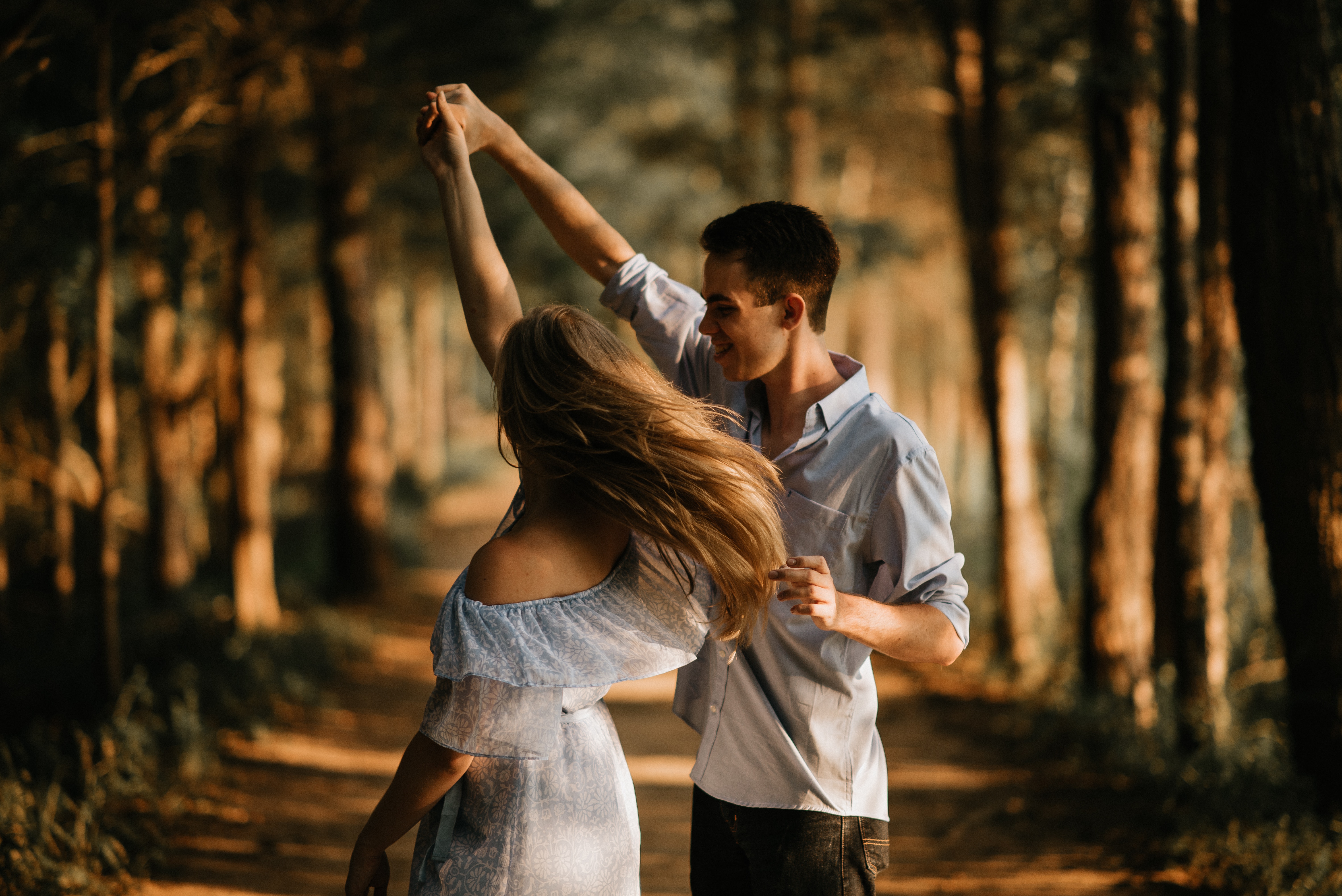
Dancing Through Your Relationship: Trust in a Couple Relationship
July 11, 2018

How are dancing and trust connected?
When my daughter and her fiancé announced their wedding date last year, I got a bee in my bonnet about taking dance lessons. “We’re not getting out there with two left feet”, I announced to my husband, Scott, and so we signed up at a local dance studio.
In fairness to Scott, dancing is out of his comfort zone but he was game to try something new and he didn’t want to look dorky on the dance floor either.
Free Spirit vs a Type A Personality
I took ballet and jazz throughout childhood and up until my late 20s. At one point, I tinkered with the idea of dancing professionally and auditioned for a scholarship at Les Ballet Jazz in Montreal. But never in my dance training had I partnered with someone – moving from one step to another and in what count was all up to me. Dancing with my husband proved to be a whole new experience, one where trust would play a huge role.
We started with swing – an easy set of steps that can be learned in a short time. While I felt free to “wing it”, Scott was more calculated – or so it seemed to me – marking the steps in his head before they reached his feet. He also had to learn to lead by signaling for the moves that followed in a way I would understand.
Initially, it was a struggle. I didn’t know what to look for and he didn’t know how to make it clear. If a step was followed by an outside turn, an arm goes up. When it’s an inside turn, the arm goes down. Who can follow all of that?! The tension of trying to get it right made us both pretty rigid. More than once, I felt a vice grip around my wrist as my husband grabbed me for the next spin. The intensity of his facial expression betrayed the tension he felt while I thought this is not the fun I expected. There was a lot of stops and starts; foot tapping as I waited for things to move along faster and the occasional deep breath
Trust: In Relationships as in Dancing
Not surprisingly, the process of learning how to dance together proved to be a revealing reflection of our own relationship patterns. My challenge in dancing, and in marriage, was learning to trust Scott and to follow his lead. Following requires a certain amount of vulnerability and willingness to be flexible which I found hard. How could I be sure he knew what he was doing? So, I made sure I knew the steps so that I could be “right” rather than adapt to my partner’s lead. It was not easy.
With practice and repeating the steps, again and again, each move became more of a “natural reaction” according to my husband. The smiles returned to our faces and we actually had fun. As we relaxed, we were more in sync. We played with the steps and laughed if we didn’t get it right knowing we could start over. Our confidence in the connection between us grew.
Dancing was a different way of getting to know one another – through physical contact, subtle cues, anticipation, and synchronization of our movements. And as a couples therapist, I am reminded of how relationships are like dances with well-rehearsed steps and cues that are co-created over time. When I ask partners what happens when there is a disagreement, they describe a series of steps to a dance they know well; one that leaves them feeling unheard, misunderstood and distanced by the emotional hurt that follows.
A successful relationship relies on trust and a secure connection in the same way dance partners rely on each other not to get dropped in the dirt. The safer you feel, the easier it is to dance freely knowing someone is there to catch you if you fall.
Emotionally Focused Therapy
Sue Johnson, Ph.D., couples therapist, and creator of Emotionally Focused Therapy for Couples describes this dance metaphor in her book Hold Me Tight. Johnson identifies these dances as demon dialogues she calls “Find the Bad Guy” (a pattern of mutual blame, the “Protest Polka” (pursuit and withdraw where one partner pushes another for a response while the other remains unresponsive) and “Freeze and Flee” where both partners numb out and distance themselves. We may all experience variations of these dances at some point in our relationships but we can learn to change the steps once we recognize the patterns that keep us distanced.
Next time you watch Dancing with the Stars, notice how partners depend on each other as they reach, twirl, spin and get tossed. While they may have rehearsed the steps many times, the magic of the dance lies in the trust and connection between partners.
Do you have a question about a relationship issue? Contact The Montfort Group in Plano to learn more about addressing your patterns.

Laurie is a Licensed Professional Counselor with her Masters of Science in Counseling from Southern Methodist University in Dallas, TX. She is also a graduate of McGill University in Montreal. She received advanced practical training in Emotionally Focused Therapy for couples and families at UT Southwestern, where she spent five years in the Department of Psychiatry’s Family Studies Clinic working with diverse clients of all ages. In addition, she has completed training in Collaborative Law for couples seeking divorce to find solutions in a more amicable way.
accept
We use cookies to improve your browsing experience and ensure the website functions properly. By selecting 'Accept All,' you agree to our use of cookies.
© Tmg XXXX
Contact our office:
The Montfort Group is a highly-trained team of professional therapists in Plano, TX providing counseling and support for individuals, couples, teens, and families.
Stay Connected
Schedule Now